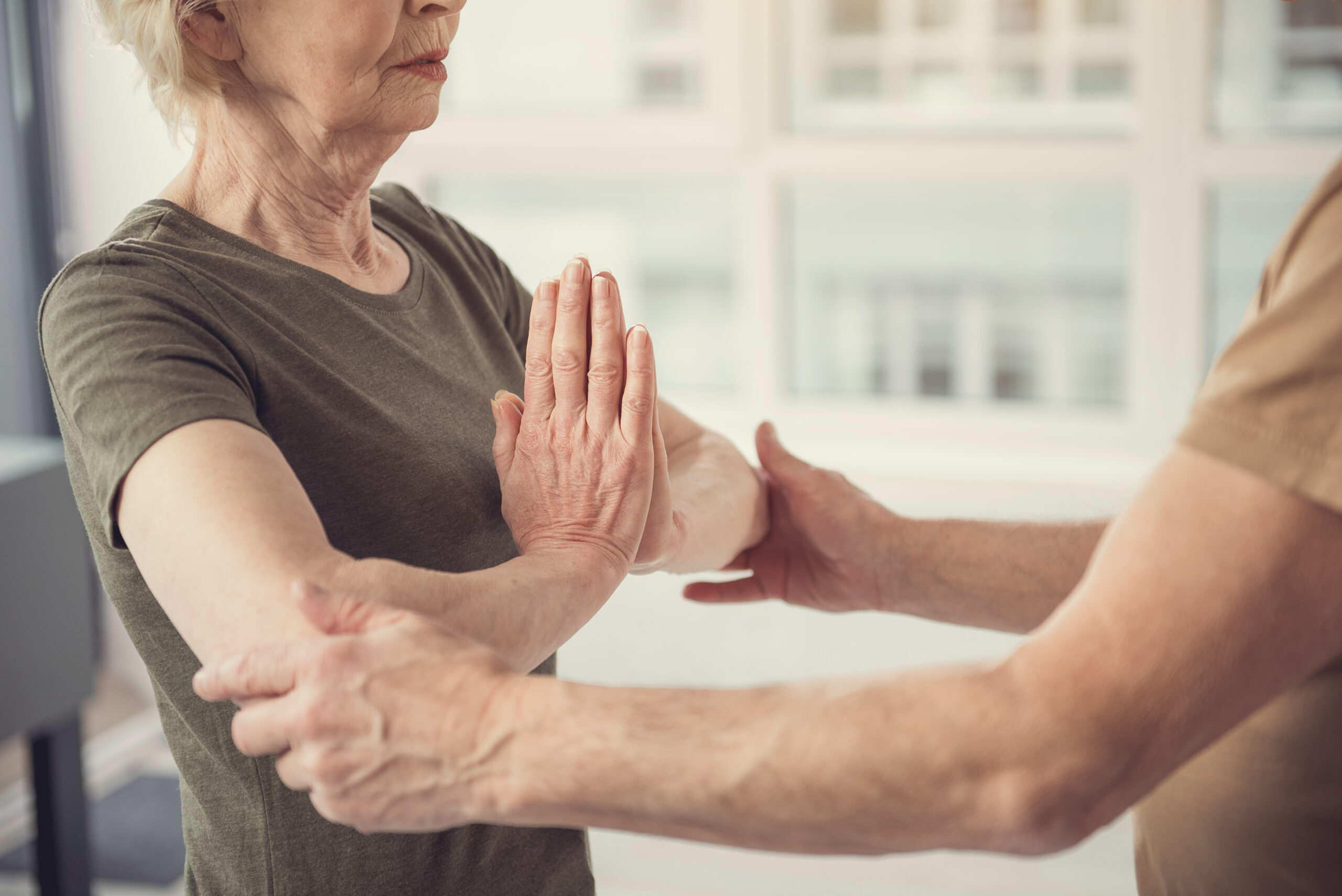Are inversion tables safe for aging spines
Inversion tables have become popular for their potential to relieve back pain and improve spinal health by decompressing the spine. However, for aging spines, safety is a primary concern. As people age, their bones naturally weaken due to conditions like osteoporosis, which can increase the risk of fractures and other spinal injuries.
Using an inversion table involves hanging upside down, which can temporarily reduce pressure on the spine and improve circulation. This can be beneficial for relieving tension and pain. However, it’s crucial to consider the potential risks, especially for older adults. The force of inversion can put additional stress on weakened bones and joints, potentially leading to injuries if not used carefully.
To ensure safety, it’s essential to consult with a healthcare provider before starting inversion therapy, especially if you have any pre-existing conditions or concerns about your bone health. They can provide personalized advice based on your specific situation and help you determine if inversion therapy is suitable for you.
When using an inversion table, it’s important to start slowly and gradually increase the angle of inversion to avoid sudden shocks to the spine. It’s also vital to follow the manufacturer’s instructions and listen to your body; if you experience any discomfort or pain, stop immediately.
In contrast to spinal decompression therapy, which is a more controlled and clinically proven method for reducing intradiscal pressure, inversion tables are more of a self-administered tool. While they can be beneficial, they require careful use and monitoring to ensure safety for aging spines.
Ultimately, while inversion tables can offer some benefits for spinal health, they should be used with caution and under the guidance of a healthcare professional, especially for older adults. This ensures that any potential risks are minimized and that the therapy is tailored to individual needs and health conditions.





